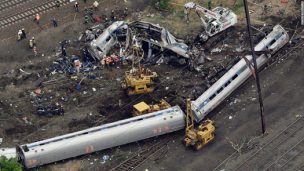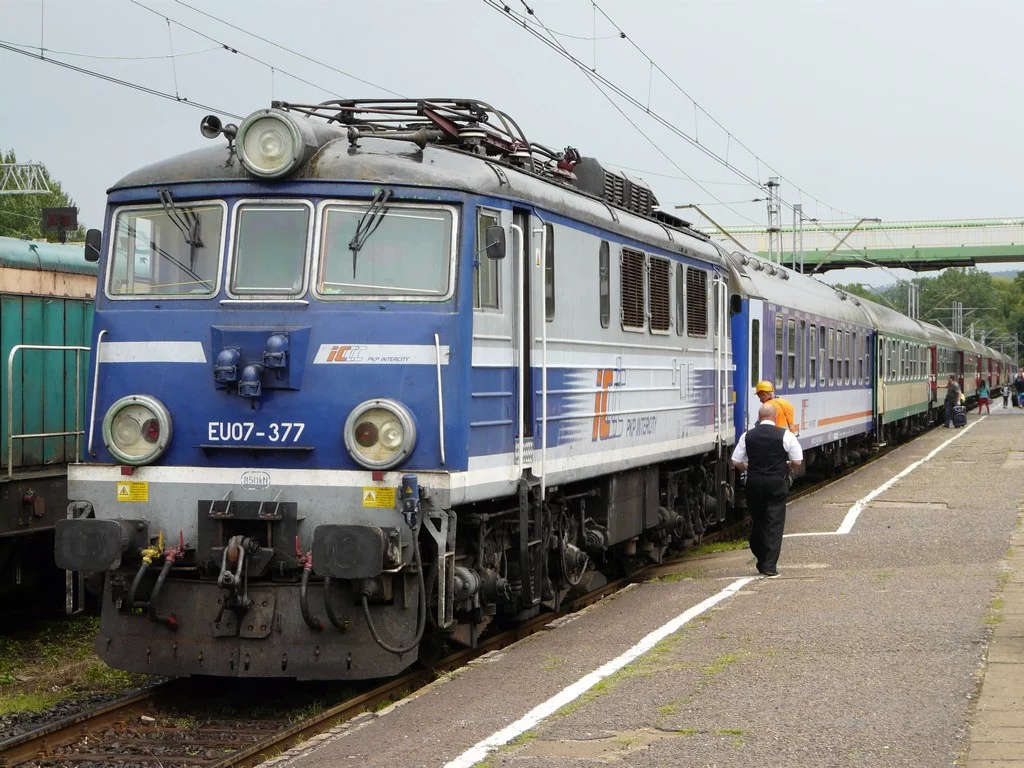Why do trains still derail because of accidental speeding?

One of the things that I was contemplating these past two months was why trains in this age derail from accidental speeding. Trains derail from other things of course, but the speeding by accident derailments have caught my attention lately.
One reason quite frequently given is that the train operator got confused about which segment of the track they were on and ended up going too fast. The solution put forth by the railway companies to this always seems to be that tens to hundreds of millions are needed to install speed notification equipment.
Really, this has been the answer since I was a kid.
This is millions on top of the millions lost in the accident and all I’ve heard was that this was just to add equipment to notify the engineers what speed they should be at in case they miss a sign.
Android phone with GPS $49. Google Maps API $free. Ability to pre-cache data in Google Maps for times when cell signal is not there – exists. Velociraptor or similar software which shows speed limits over Google Maps data – currently exists.
I’m not claiming that for $49 a train you can have a speed limit notification in place tomorrow. Obviously someone’s going to need to do a little coding to lay down track conditions and speeds, and there’s going to need to be a system in place to update on the fly (so service plan).
But the equipment exists, inexpensively to tell an engineer what speed they’re going at and how fast they should be going based on where they’re at and warn well in advance of speed changes. With the tech in a $50 cell phone you can also give trainspotters (and oncoming trains,) notice you’re coming.
Also it raises the possibility of giving Google Maps/WAZE the heads up that a train is going to be coming through and blocking your path in six minutes for eleven minutes so plan to either go now or go around.
And if railroad companies are worried that the engineers will use the Android devices rather than their own eyes, don’t display anything until there’s a critical speed error. Slap a USB OTG override to cut the engine power in the event of no engineer input (heart attack, critical distraction, missing, dead, train upcoming on the same tracks, etc).
Obviously this isn’t going to stop all derailments. Accidents involving speed are in the minority (most are track conditions). But think about both how much a single speed derailment costs in terms of money and lives/injuries and how much useful data could come out of this.
Just seems like something that should have been implemented several years back.
Since 2010 I’ve been able to find speed related derailments on Wikipedia’s page of rail accidents: 6/28/2010, 12/08/2011, 02/15/2011, 07/24/13, 09/02/2013, 5/12/15, 11/14/2015, 4/22/16.
Looks like there are more than that, but I’m not digging that deep. My guess is each accident would more than cover ever train in the world getting a little device that tells the operator when they’re speeding.


